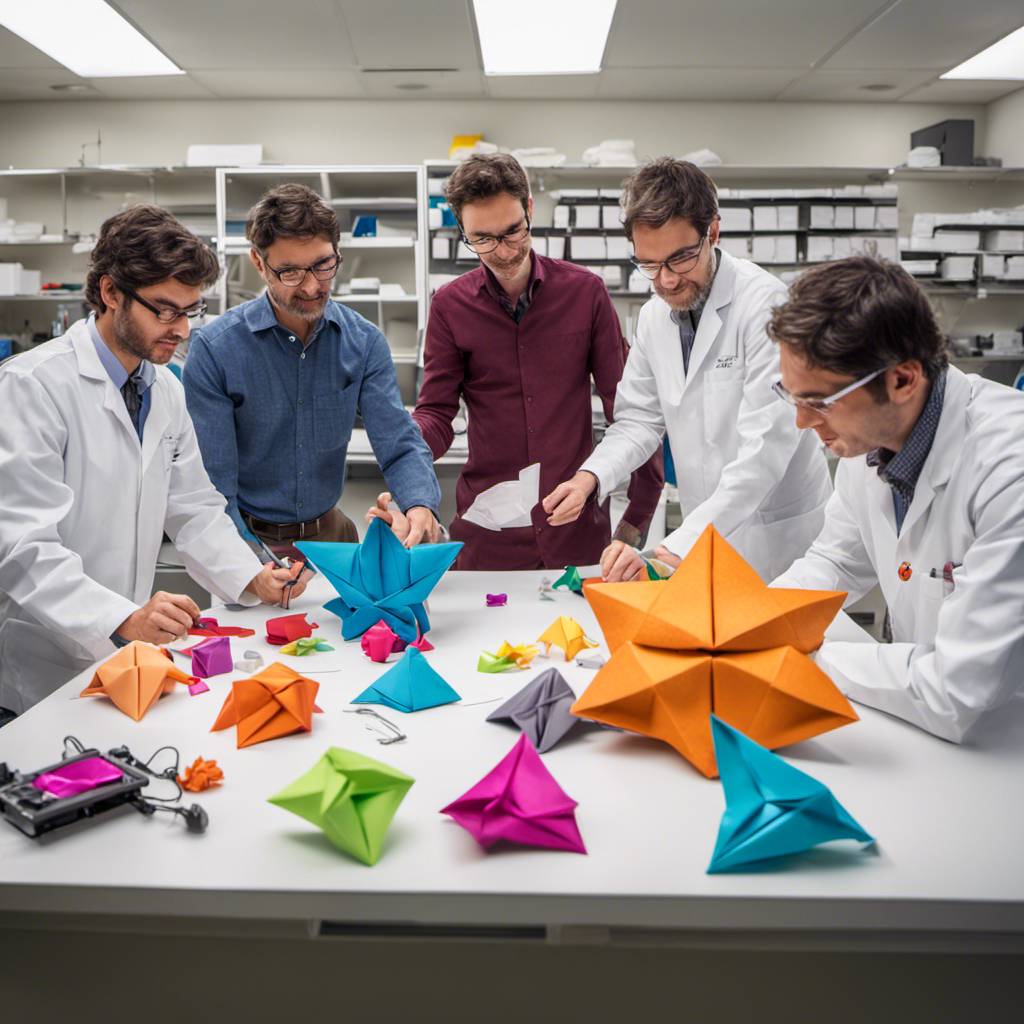Scientists from the University of Southern California (USC) Viterbi School of Engineering have drawn inspiration from the ancient art of origami to develop innovative strain sensors that could revolutionize the fields of soft robotics, wearables, and even medical diagnostics. This groundbreaking study, titled “High-Stretchability and Low-Hysteresis Strain Sensors Using Origami-Inspired 3D Mesostructures,” has been featured in the prestigious journal, Science Advances.
The team of researchers, led by Hangbo Zhao, Assistant Professor of Aerospace and Mechanical Engineering and Biomedical Engineering at USC, includes Xinghao Huang, Liangshu Liu, Yung Hsin Lin, Rui Feng, Yiyang Shen, and Yuanning Chang. Together, they have developed “stretchable strain sensors” capable of accurately measuring the extent to which an object stretches or deforms.
The primary challenge in the creation of these sensors was to design a device that could stretch significantly, respond quickly, and provide accurate readings even when measuring large and dynamic deformations. Existing stretchable strain sensors predominantly use soft materials like rubber, which can undergo irreversible changes in their properties through repeated use. This leads to unreliable metrics for deformation detection.
To overcome this issue, the USC scientists designed a new structure for the sensors. Drawing inspiration from origami, they folded highly rigid materials with electrodes on each side of the panel. As these electrodes unfold, they capture the strength of the electrical field between them. The research group has developed a model that translates this reading into a measurement capable of capturing the magnitude of the deformation.
These innovative sensors can stretch up to three times their original size while maintaining high sensing precision even after repeated use. They also respond swiftly, detecting deformations in less than 22 milliseconds in small areas (approximately 5 square millimeters). Moreover, they can detect strain from various directions.
These features make these sensors ideally suited for accurately measuring large and complex deformations. This opens up a wide range of potential applications. For instance, in the realm of electronics and computers, these sensors could be used to track movements in soft robotics. This could lead to significant advancements in programming languages and coding techniques used for controlling these robots.
In addition, these sensors could be used in wearable technology to monitor human joint movements. This could revolutionize the way we approach sports training and rehabilitation, providing real-time data on how our bodies move and respond to different activities.
In the medical field, these sensors could be used to monitor organs like the bladder to detect abnormalities that might indicate disease. This could provide doctors with valuable diagnostic tools and lead to earlier detection and treatment of various medical conditions.
This groundbreaking research by USC scientists represents a significant step forward in the development of high-stretchability strain sensors. By drawing inspiration from origami, they have created a device that combines high precision with impressive stretchability and speed. As we continue to explore the potential applications of these sensors in fields like electronics, computers, programming languages, coding, wearable technology, and medical diagnostics, it’s clear that this innovative technology could have far-reaching implications for our future.
